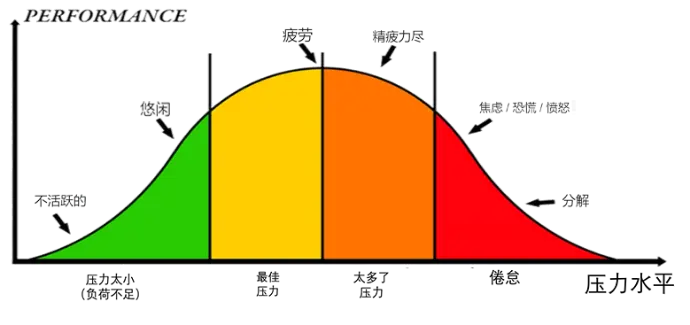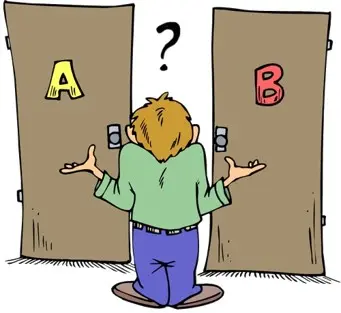Framing
What changes in the way information is presented to us is how it is understood, which can affect our future actions.
People view and understand information differently depending on how it is first presented to them. A frame is an abstraction used to organize or structure the meaning of a message.
In learning, we use this to prepare students for what they are about to learn by situating instruction within a set of principles and learning outcomes.
In the classroom, framing is usually done at the beginning of the lesson or at the start of the class. It involves presenting the information that we want students to focus on, pay attention to, and try to understand.
Framing learning may include preparing students for:
1. Main ideas and issues
2. Objectives and essential questions
3. 学习目标和目的
We offer a 30-day return policy for all products. Items must be in their original condition, unused, and include the receipt or proof of purchase. Refunds are processed within 5-7 business days of receiving the returned item.

Observer selection bias
When something makes us more aware of something, we tend to notice it more.
People often don't pay attention to things that already exist, simply because they have no reason to do so. However, when something happens that we have a reason to pay attention to, we notice it more clearly.
An example of this is noticing how many pink bicycles there are on the road. Since it is not an important factor to us, we don't notice it until we buy our own pink bicycle - then we may notice them everywhere.
This effect can be used when there are multiple items shown in a presentation that we want students to pay attention to. We can first focus their attention on the desired objects by getting them to pay closer attention to them through some activities.
Stress Curve
A little stress is always better than no stress. However, too much stress is not good for learning.
A little bit of stress helps to get attention and stay focused on a topic, but too much stress can lead to higher levels of (bad) emotions, which can prevent learning.

Near Future Effect
When we think we will need to use what we have learned in the near future, both attention and retention increase.
When we think something will be needed soon after the learning period, we tend to attach more importance to it, give it more attention, and focus on it more.
(See stress curve)
We offer a 30-day return policy for all products. Items must be in their original condition, unused, and include the receipt or proof of purchase. Refunds are processed within 5-7 business days of receiving the returned item.

Differentiation
Items that look different or strange are easier to remember than common items.
When multiple items of information are presented, items that stand out or look different are more likely to be remembered than those that
But this is not the case. This is called the Von-Restorff effect.
Items that look very strange are more likely to be remembered. This is called the strangeness effect.

Choices
When students can choose the learning material or learning method, their attention is more likely to increase.
No one likes to be forced to do something. However, if they have to do something, students will feel better if they are given the choice.
Having choices allows students to feel a greater sense of involvement and ownership in the learning process.
This generally applies even if the number of options is limited to 2 or 3 options.

